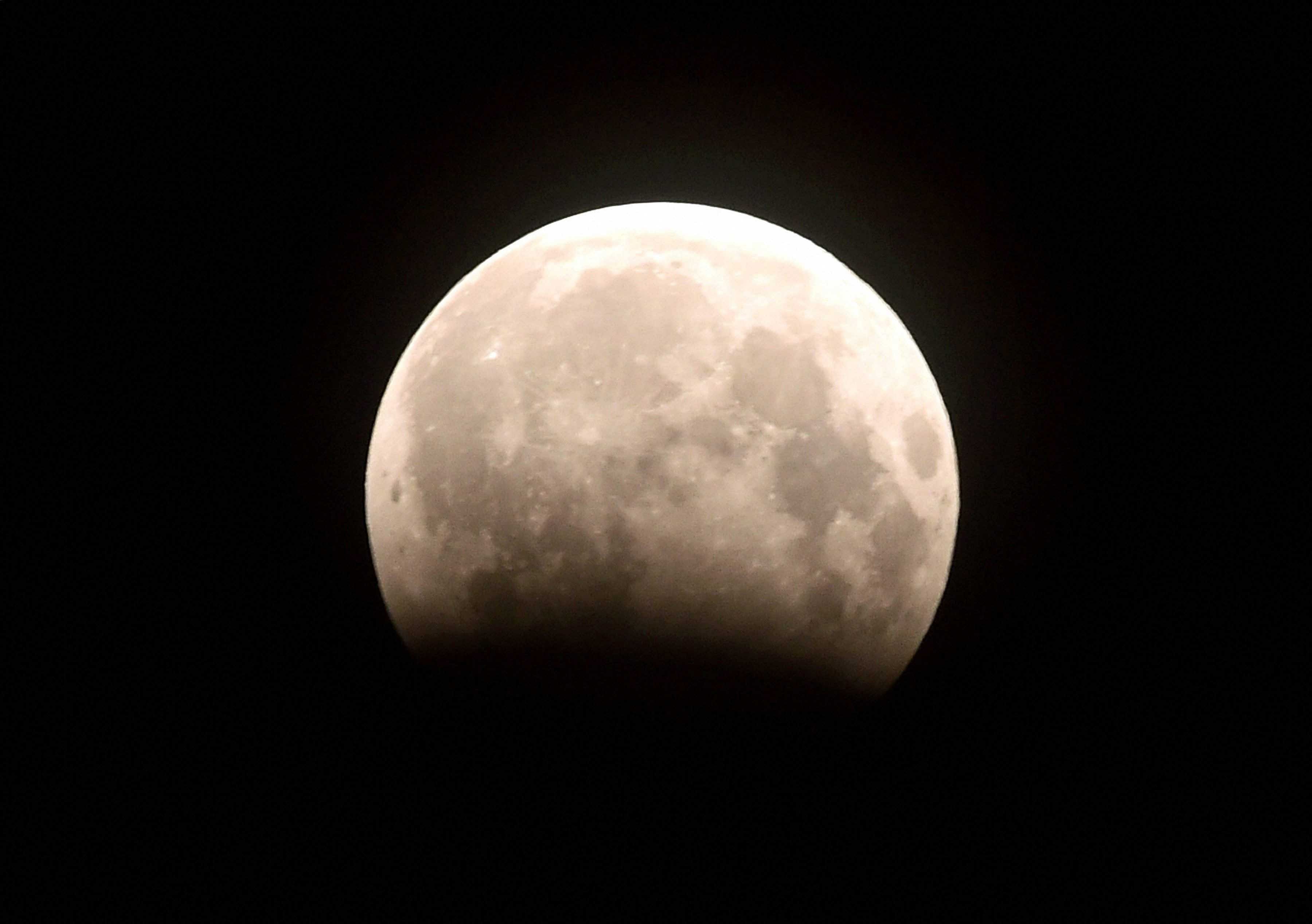
Bengalureans are all set for the longest lunar eclipse of the century with elaborate arrangements.
The lunar eclipse on July 27 midnight and well into July 28, will be for a total duration of 1hr 43mins. Starting at 11:54 pm, it will reach its full stage at 1:00 am and will reduce from 2:43 am onwards and end at 3:49 am
This eclipse is expected to be the longest lunar eclipse of the century but the time difference is not extreme, it is just longer by 10-15 mins when compared to any other eclipse, said Director of Jawaharlal Nehru Planetarium, Pramod G Galgali.
The ‘Chandra Grahana’ will be seen all over India and the neighbouring countries. The remarkable thing about this eclipse is that Mars will be visible adjacent to the moon. Both the planets and the moon will appear red in colour.
A 15-minute lecture on the phenomenon will be held twice a day on July 27. The lectures began on July 25 on concepts like the phases of the moon during the eclipse. They are explained through models and experiments.
Superstition or sense?
According to the experts, it is completely safe to view the eclipse with naked eyes. The superstitions, according to them, do not hold have a scientific basis and are followed only by a section of people in the country and may not be applicable elsewhere.
Blood moon
A total lunar eclipse occurs when the shadow of the earth is cast upon the moon and blocks the sun’s rays from being reflected on the moon’s surface. The appearance of the ‘blood moon’ is nothing but the refracted rays of the sun that reach the moon causing it to appear red.
